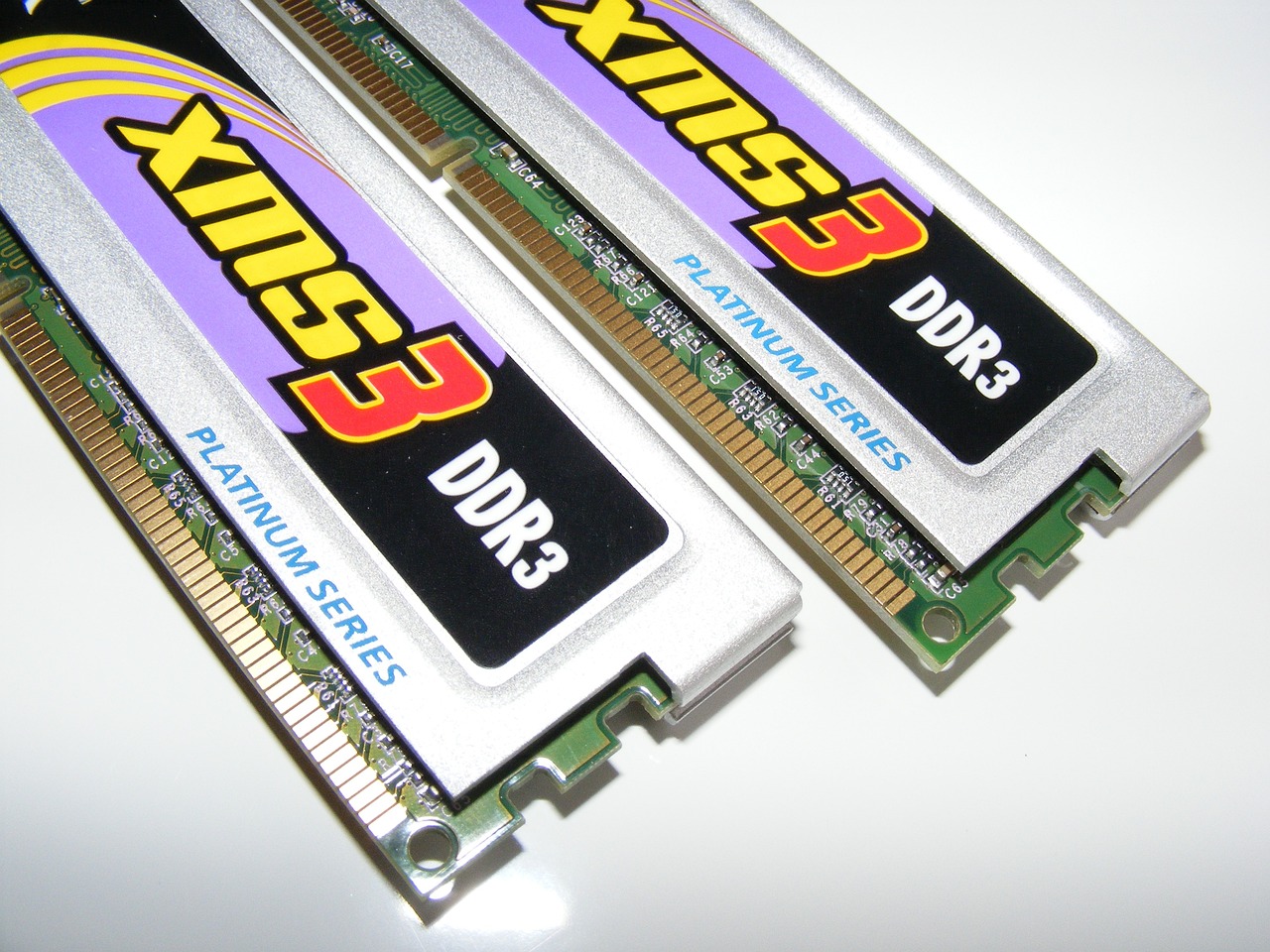The Basics of RAM
Random Access Memory (RAM) is a fundamental component of computers, enabling them to perform tasks swiftly and efficiently. But what exactly is RAM, and how does it work? In this section, we will delve into the basics of RAM, its purpose, and its significance in the realm of computing.
RAM, often referred to as computer memory, is a type of volatile storage that stores data and instructions that the computer’s processor can quickly access. Unlike a computer’s hard drive, which stores data permanently, RAM is temporary storage that is constantly accessed and modified as programs are executed.
The primary purpose of RAM is to provide the computer with fast read and write access to data. When you open a program or file, it is loaded into RAM, allowing the processor to quickly retrieve the necessary information. This quick access ensures that the computer can run multiple programs simultaneously and smoothly, providing a seamless user experience.
How Does RAM Work?
Understanding how RAM works requires delving into a bit of technicality. RAM consists of memory cells organized in a grid known as a memory module. Each cell can store a single binary value, either a 0 or a 1. The combination of these 0s and 1s represents the data that is stored in RAM.
When the computer needs to access data from RAM, it sends an address signal that specifies the location of the desired memory cell. The data stored in that particular cell is then sent back to the processor, allowing it to perform the required operations. This process happens at a remarkable speed, allowing for the swift execution of computer tasks.
It’s important to note that RAM’s temporary nature means that it loses all data once the computer is powered off or restarted. Therefore, any unsaved work or data that wasn’t permanently stored on the hard drive will be lost.
Types of RAM
There are various types of RAM available, each with its own set of characteristics and advantages. The two most common types of RAM used in modern computers are Dynamic Random Access Memory (DRAM) and Static Random Access Memory (SRAM).
DRAM is the more affordable and commonly used type of RAM. It stores data using a capacitor within each memory cell, which requires constant refreshing to retain the stored data. DRAM is slower and less reliable than SRAM but offers higher storage densities at a more affordable price.
In contrast, SRAM is faster and more reliable than DRAM but comes at a higher cost. SRAM uses a flip-flop circuit for each memory cell, allowing it to retain the stored data without the need for constant refreshing. It is commonly used in cache memory, where quick access to frequently used data is essential.
RAM Capacity and Upgrades
RAM capacity is an important factor to consider when purchasing or upgrading a computer. The amount of RAM determines how many programs and processes can be run simultaneously without impacting performance.
Most modern computers come with a minimum of 8GB of RAM, which is sufficient for everyday tasks such as web browsing, email, and word processing. However, for more demanding tasks such as video editing, gaming, or running resource-intensive applications, a higher RAM capacity is recommended.
Fortunately, upgrading RAM is relatively easy and cost-effective. In most cases, it involves purchasing additional RAM modules and inserting them into the available slots on the computer’s motherboard. It’s important to ensure compatibility with the existing RAM and the motherboard’s specifications before making a purchase.
RAM Speed and Latency
RAM speed and latency are two important factors that affect the performance of a computer. RAM speed, measured in megahertz (MHz) or gigahertz (GHz), determines how quickly data can be read from or written to the RAM.
Higher RAM speeds result in faster data transfer and overall system performance. However, it’s important to note that the benefits of higher RAM speeds may be more noticeable in certain tasks, such as gaming or video editing, compared to everyday tasks.
Latency, often measured in nanoseconds (ns), refers to the delay between when a command is given to the RAM and when the RAM responds. Lower latency values indicate faster response times and better overall performance.
When purchasing RAM modules, it’s important to consider both the speed and latency specifications, as they can significantly impact the computer’s performance in specific tasks.
RAM and System Requirements
RAM requirements vary depending on the operating system and the software being used. Most modern operating systems, such as Windows 10 or macOS, have minimum RAM requirements to ensure optimal performance.
In addition to the operating system, resource-intensive software such as video editing programs or virtual machines may have specific RAM requirements. It’s important to check the system requirements of any software or application before installing it to ensure that the computer has sufficient RAM to run it smoothly.
In conclusion, RAM is a crucial component of a computer that enables fast and efficient data access. Understanding the basics of RAM, its types, capacity, speed, and latency can help in making informed decisions when purchasing or upgrading a computer. By considering these factors and meeting the system requirements, users can ensure optimal performance and a seamless computing experience.

